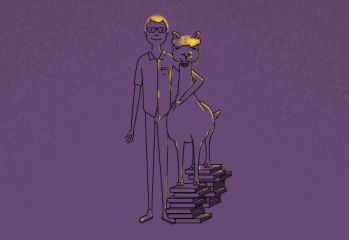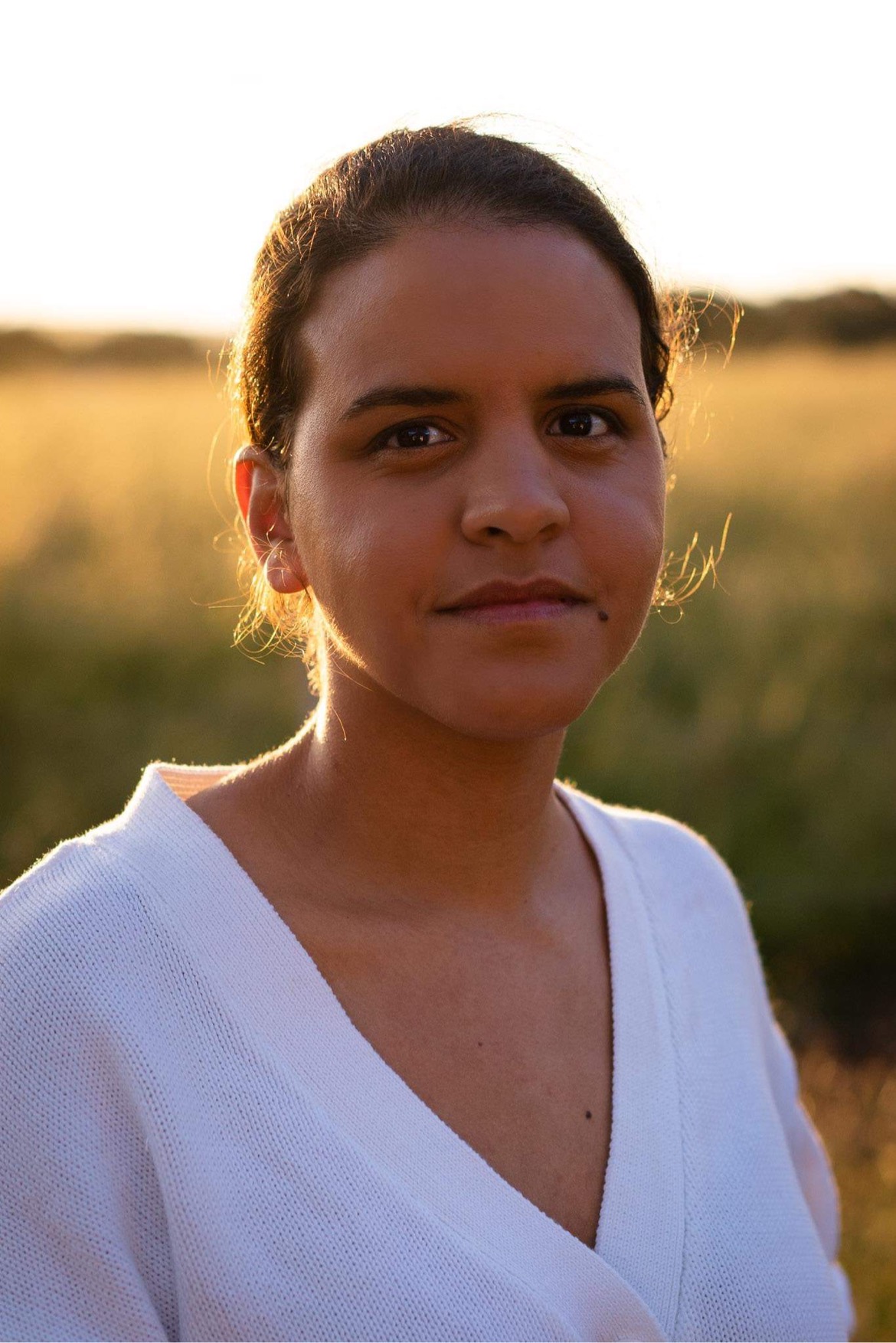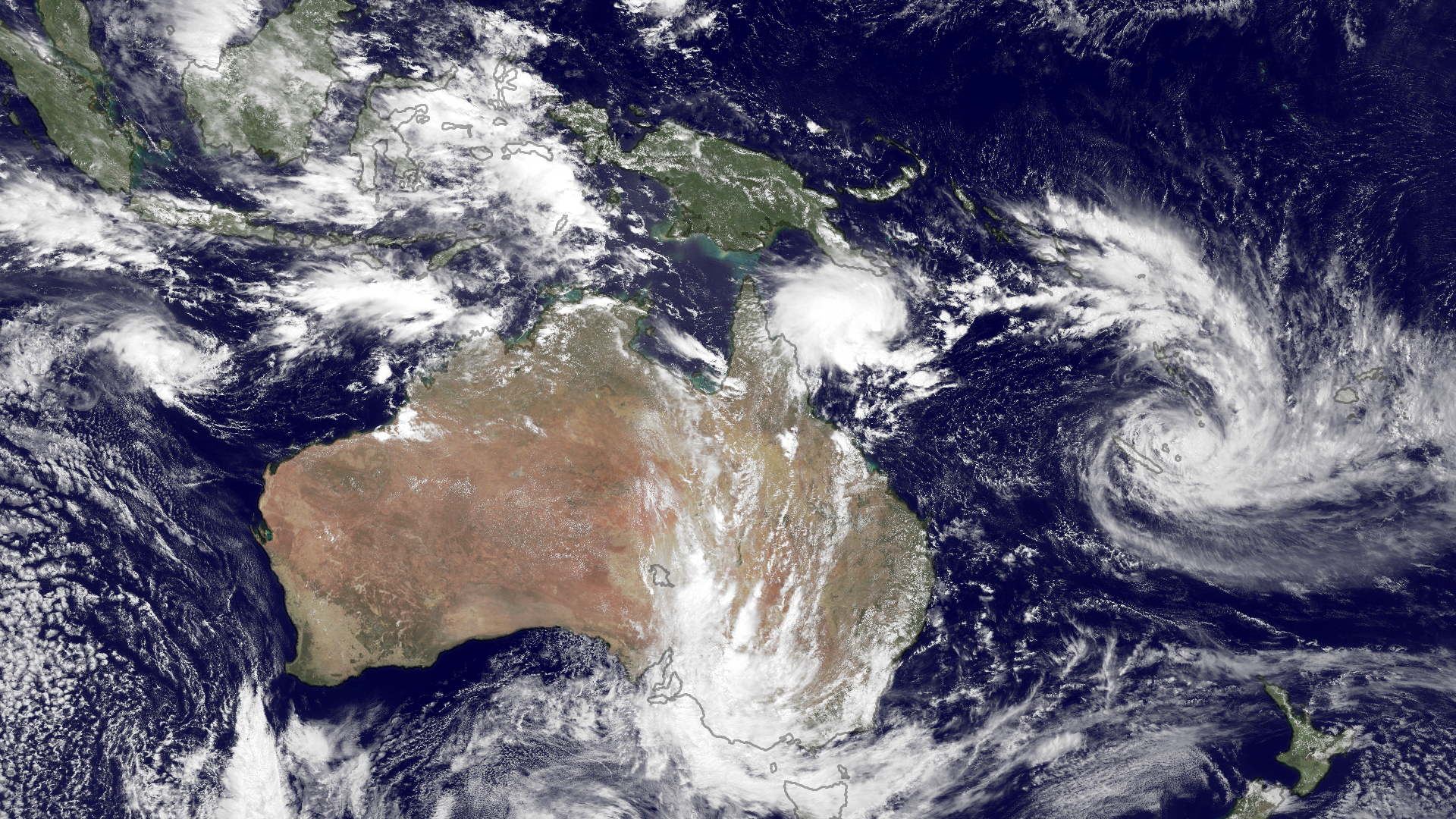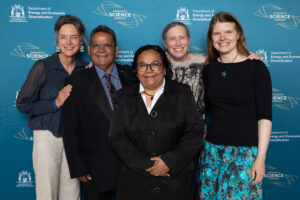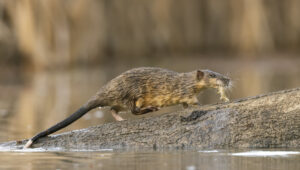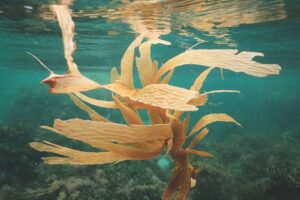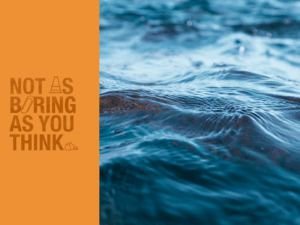Cyclones have been in the news a lot this season, with one of the busiest seasons in recent years.
Severe Tropical Cyclone Sean delivered record rainfall and gales to the Pilbara coast in January, Severe Tropical Cyclone Zelia gave northern WA a fright in February, Tropical Cyclone Alfred caused havoc in Queensland and New South Wales in March, while Ex-Tropical Cyclone Errol, a Category 4 system while at sea, crossed the Kimberley as a tropical low in April.
The long-term average number of tropical cyclones in Australia is 11, with four predicted to make landfall.
Cyclones generally occur between November and April in northern Australia. They most often occur north of Exmouth on the WA coast, across the Top End and north of Brisbane on the east coast but can still stretch further south.
Cyclones spin in a clockwise direction in the southern hemisphere. People in the northern hemisphere call them typhoons or hurricanes, where they spin anti-clockwise.
YOU SPIN ME RIGHT ROUND
Cyclones need very precise conditions to form.
The ocean needs to be at a minimum temperature of 26.5°C, which is why cyclones generally form in tropical areas.
Water evaporates to form clouds above the ocean. If the air pressure is low, the clouds start to build and spin.
To keep this pattern going, the air must remain humid to create energy and allow the cyclone to generate speed.

Credit: MODIS Land Rapid Response Team, NASA GSFC
To be classified as a cyclone, wind must travel at a minimum 119km per hour.
The eye of the cyclone spans about 40km with low winds and no clouds or rain, as cool air sinks to the centre of the weather system.
The power of a cyclone over the ocean causes swells and surges in the water, which can cause damage to coastal communities and boats.
A cyclone loses energy and power when it moves over land, if it hits cooler oceans or when the conditions are not favourable to create and gain energy.
The average cyclone lasts a week.
WHAT’S IN A NAME?
The Bureau of Meteorology selects a list of names, alternating male and female, from which cyclones are named, progressing alphabetically through the list.
If a cyclone is particularly severe and notorious, that name is retired forever and a new name enters the list, so we won’t see another cyclone named Tracy.
CYCLONE SCORECARD
Cyclones are graded based on their strength. Category 1 is the weakest, while Category 5 is the strongest.

Credit: Alice in the Alice
Category 1 cyclones have wind speeds up to 125km per hour and ocean swells up to 1.6 metres. They can cause damage to trees and farmland.
Category 5 cyclones are extremely dangerous, with wind speeds above 280km per hour, ocean swells above 5.5 metres and the capacity to flatten buildings.
Categories 2, 3 and 4 identify wind speeds, ocean swells and the level of anticipated damage.
If you are in an area where tropical cyclones form, make sure you know what to do.
